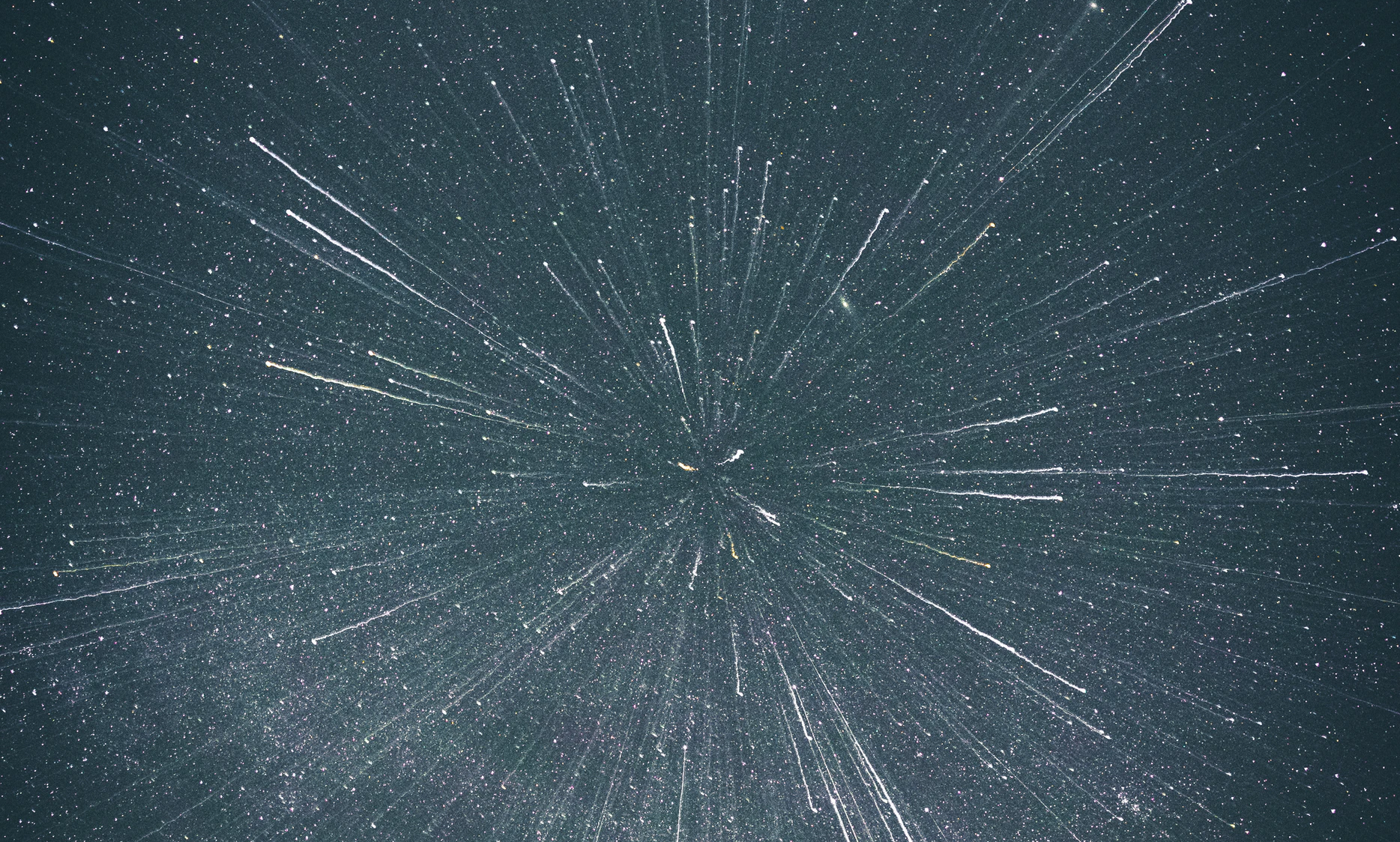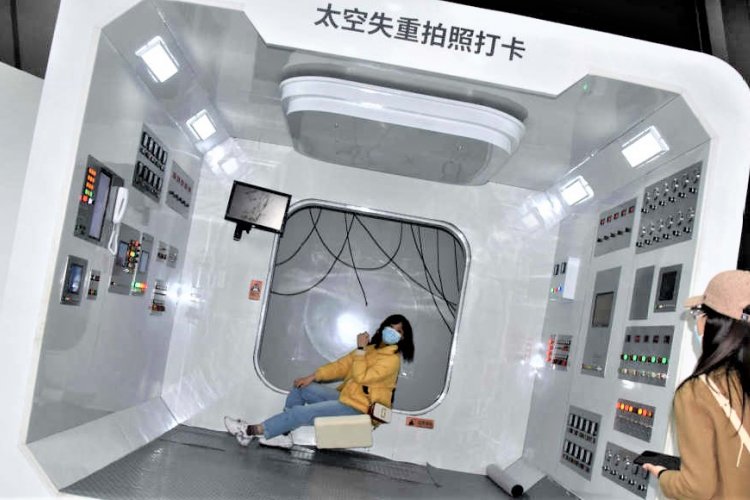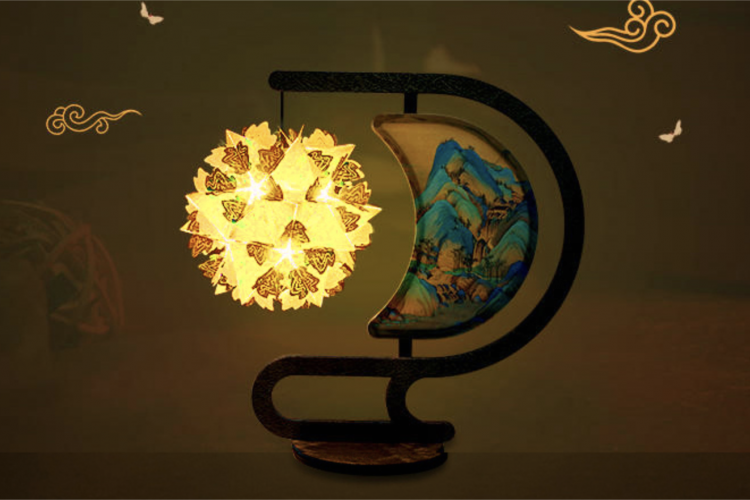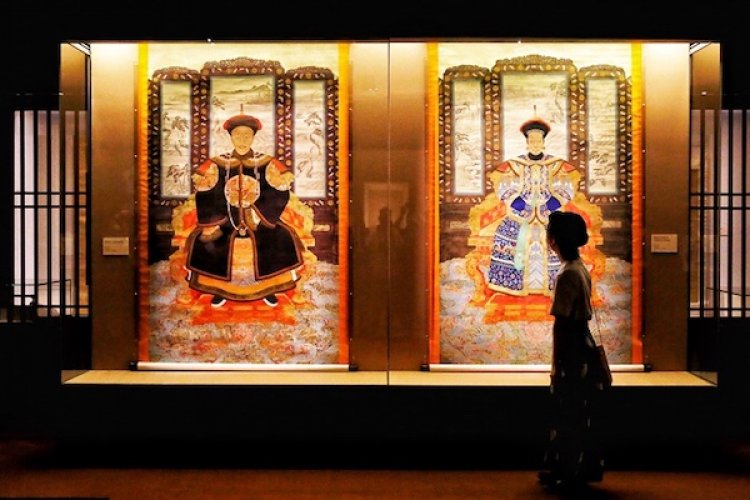Six Cosmic Places to Get Spaced Out in Beijing
“Beijing, we have liftoff!” As you probably already know, three Chinese astronauts – aka taikonauts – recently launched into outer space where they'll continue working on the country's permanent space station, and so far, the mission has been a resounding success. “It was a perfect rendezvous and docking process,” Sun Jun, deputy director of the Beijing Aerospace Flight Control Center, told CCTV, adding that the mission so far “fully achieved our original goal.” It's pretty cool for us Beijingers to be at the epicenter of this moment in history, as the mission is being monitored from here in the capital. Reporter Iris Wang explained, “Space exploration has been a top priority for China recently. Beijing said it will focus on research into the 'origin and evolution of the universe,' exploration of Mars, as well as deep-sea and polar research.”
Aside from the recent launch, however, China has recently achieved a litany of other milestones in space exploration, including landing on Mars and bringing samples back from the moon. So, if all this space news has sparked your curiosity about exploring the final frontier, Beijing offers a number of institutions to get a closer glimpse of outer space.
First and foremost, the lunar samples that were recently brought back to earth are currently on display at the National Museum of China in Beijing. Likewise, there's another interesting exhibit on display entitled Dongfanghong Forever, which “charts the progress China has made in aerospace over half a century." The show opened on Apr 24, otherwise known as Space Day, which coincides with the country's first satellite launch, Dongfanghong 1, in 1970.
East side of Tian'anmen Square
Dongcheng District
东城区天安门广场东侧
Beihang University & Beijing Air and Space Museum

As China's "first aerospace science and technology museum open to the public," (side note: we're very curious about all the space museums that weren't open to the public), the Beijing Air and Space Museum at Beihang University is divided into four sections: Pursuit of Dreams in the Sky, Soaring Silver Eagles, Shenzhou Space Exploration, and Aerospace Corridor. With more than 300 relics including structural craft, engines, and various equipment from aircraft and spacecraft, the museum employs cutting-edge technology to immerse visitors in the history of sky and space exploration.
37 Xueyuan Road, Haidian District
海淀区学院路37号
The National Space Science Center (NSSC) of the Chinese Academy of Sciences (CAS)
Dubbed “China’s gateway to space science," NSSC is more a scholarly and engineering institution than a museum. In fact, this is the place that China's satellite missions come to fruition, alongside research into interstellar physics, environments, technology, and more.
No.1 Nanertiao, Zhongguancun, Haidian District
海淀区中关村南二条1号
International Space Science Institute – Beijing
Part and parcel of the NSSC is Beijing's International Space Science Institute, housed on the National Space Science Center of the Chinese Academy of Sciences campus. More than simply admiring China's history of space flight or marveling at moon dirt, the ISSI-BJ is a place where you can actually study and research space exploration as it relates to missions past, present, and future. Simply put, where have we been? Where are we going? And what have we learned? This is what ISSI-BJ endeavors to find out.
No.1 Nanertiao, Zhongguancun, Haidian District
海淀区中关村南二条1号

With the distinction of being China's first large-scale planetarium, as well as the first in all of Asia, Beijing Planetarium is something of an icon. Spread across two buildings, the attraction includes a digital space theater, 3D and 4D theaters, several exhibition halls, and two observatories. The planetarium itself is located in Hall A, and is an ideal place to "experience astronomical knowledge and explore the mysteries of the universe," through a "shocking starry sky experience.”
138 Xizhimenwai DajieXicheng District
西城区西直门外大街138号

If it's a blast from the past you're after, then the Beijing Ancient Observatory's got what you need. It is, quite literally, ancient, having been built in 1442 and serving as the national observatory during the Ming (1368-1644) and Qing (1644-1911) Dynasties. Its platform stands at about 14 meters in height, and around 23.9 meters in length, allegedly making it the envy of astronomical observatories the world over. Aside from its 500-year history, the observatory retains eight original Qing Dynasty astronomical instruments, which "demonstrate early cultural exchange with their combination of Western technology and Chinese artistic design."
No.2 Dongbiaobei Hutong, Dongcheng district
东城区东裱褙胡同2号
READ: Rockin' the Lunar New Year with Lunar Rocks
Images: Unsplash, courtesy of the exhibitions, Wikimedia user G41rn8







